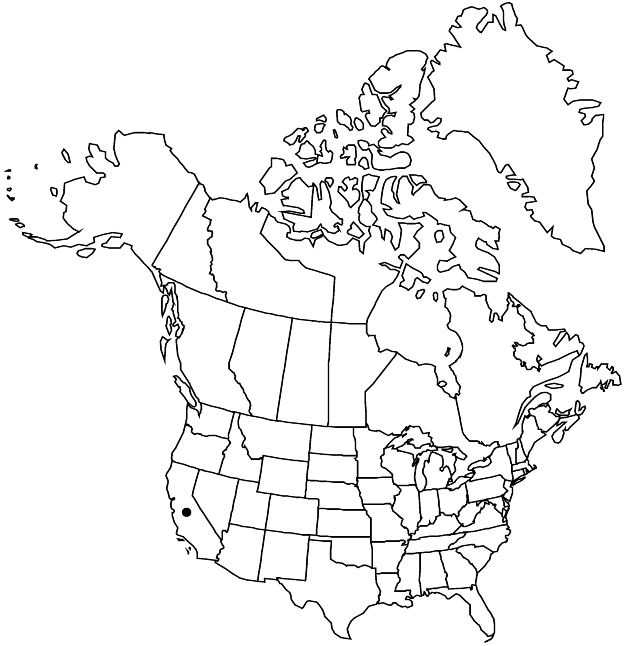Difference between revisions of "Cercocarpus betuloides var. traskiae"
Bull. S. Calif. Acad. Sci. 39: 2. 1940.
imported>Volume Importer |
imported>Volume Importer |
||
| Line 71: | Line 71: | ||
|publication year=1940 | |publication year=1940 | ||
|special status=Conservation concern;Endemic | |special status=Conservation concern;Endemic | ||
| − | |source xml=https:// | + | |source xml=https://bitbucket.org/aafc-mbb/fna-data-curation/src/2e0870ddd59836b60bcf96646a41e87ea5a5943a/coarse_grained_fna_xml/V9/V9_549.xml |
|subfamily=Rosaceae subfam. Dryadoideae | |subfamily=Rosaceae subfam. Dryadoideae | ||
|tribe=Rosaceae tribe Dryadeae | |tribe=Rosaceae tribe Dryadeae | ||
Latest revision as of 22:57, 5 November 2020
Shrubs or trees, 10–30(–80) dm. Young stems woolly with tightly coiled hairs. Leaves: stipules 5–10 mm; blade ovate to broadly ovate, obovate, suborbiculate, or oblong-elliptic, (15–)25–50(–62) × (11–)17–35(–45) mm, strongly coriaceous, margins crenate, often strongly revolute, dentate-serrate in distal 1/2–3/4, abaxial veins densely and ± persistently white villous to woolly with loosely curved, 1/2 coiled at base, or coiled hairs 0.5–2 mm, areoles canescent, adaxial surface shiny, moderately hairy or glabrate. Flowers 3–8(–16) per short shoot; hypanthial tubes woolly with tightly coiled hairs. Achenes 7–11 × 1.8–2.3 mm; fruiting pedicels 6–10 mm; hypanthial tubes 9–11.5 mm; pedicel/tube ratio 52–69%; fruit awns 5–6 cm.
Phenology: Flowering Mar–Apr.
Habitat: Metamorphosed volcanic soil
Elevation: 100–300 m
Discussion
Of conservation concern.
Variety traskiae is known from a south-facing, steep canyon on Santa Catalina Island, where it grows on a highly mineralized metamorphic igneous-derived saussurite gabbro substrate, one not exposed elsewhere in southern California. The population now consists of 11 adult plants, down from 40–50 plants in 1898, the reduction attributed to herbivory by introduced mammals. In molecular studies summarized by L. H. Rieseberg and D. Gerber (1995), only six plants were considered pure traskiae; five were hybrids or introgressants with the insular phase of var. blancheae. The areas around several var. traskiae trees have been fenced to allow for recruitment.
Variety traskiae differs from var. blancheae in thicker, more coriaceous leaves with revolute margins that often obscure the marginal teeth, and thick, woolly tomentum of mostly coiled hairs on the abaxial leaf surface, pedicels, and hypanthial tubes. The thick vestiture can weather away over time.
Plants grown in gardens from cuttings of pure traskiae often lose the thick leaves, thick cuticles, and revolute margins that characterize the taxon in its native habitat, indicating that the diagnostic morphological traits in part may be a phenotypic response to its arid environment and perhaps its peculiar soil type.
Selected References
None.
